72 LIVES
The story of Grenfell Tower
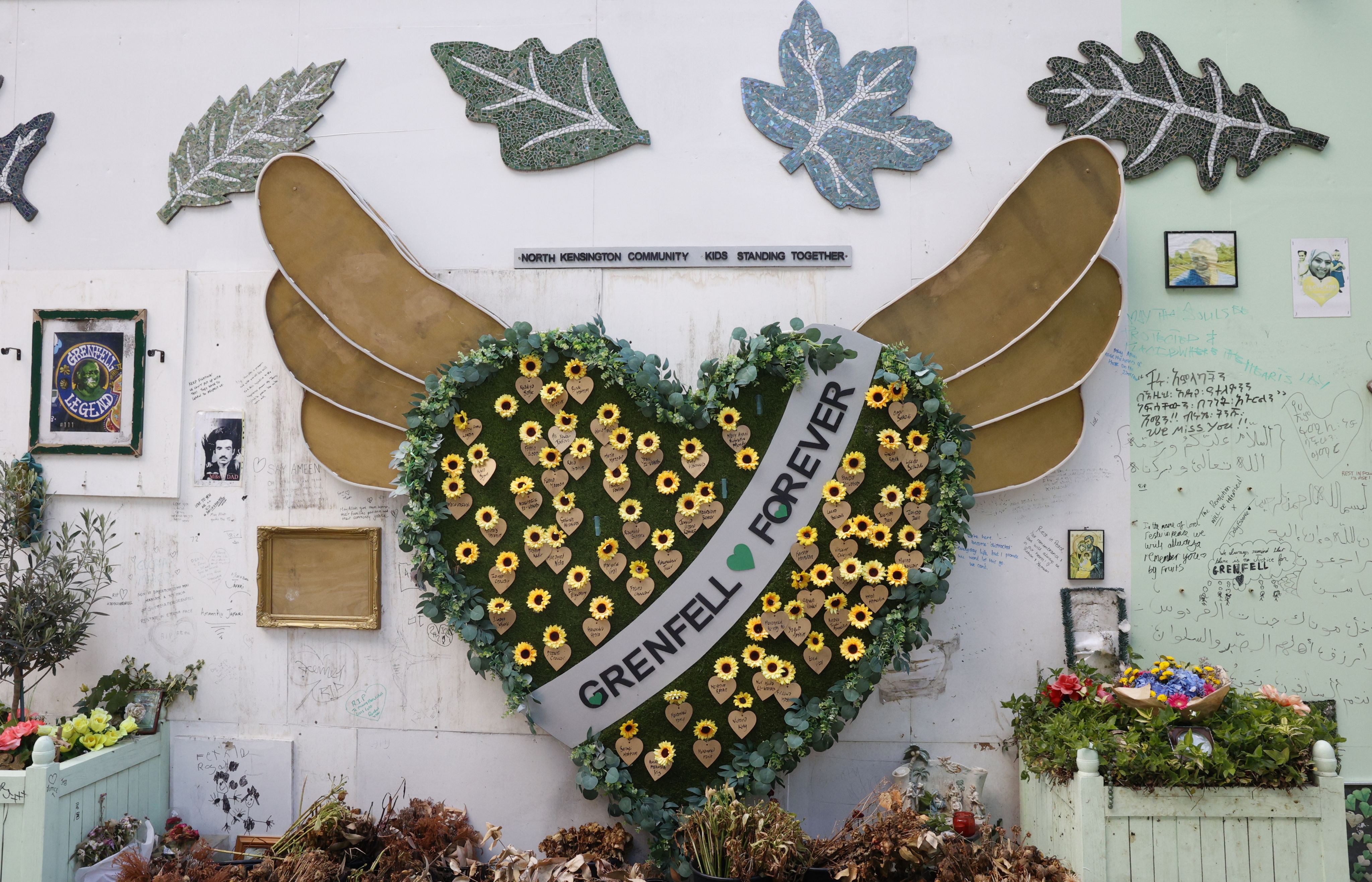
Just before 1am on June 14, 2017, the London Fire Brigade received a call. It was from Behailu Kebede. “Yeah, hello? Hi, it’s a fire in flat 16 Grenfell Tower,” he said. “Quick, quick, quick! It’s burning!”
Thirty minutes later Pete Wolfenden, a firefighter of more than 30 years, was woken by his pager. The message read: “Pumps 10”. There was a crisis. By the time he arrived at the scene at around 2am, the fire was about to engulf the entire 24 storey building.
The cries from residents watching on, helpless, made the hairs on the back of his neck stand up. He’d not yet reached the base of the tower, but he could hear the “roaring, sucking of air” and huge bangs from flammable cladding falling off the building.
Shortly after he reached the west-facing side of Grenfell Tower, he heard a thud.
“When we looked out into the play area, a man had fallen from the upper floors,” he recalled. “The ambulance worker just took one look and said: ‘He’s dead.’”
It took 24 hours for the fire to burn itself out. By that time, 72 men, women and children were dead. Among the victims were artists, refugees, pensioners, parents and kids with their whole lives ahead of them. The residents, witnesses and emergency responders who survived the fire were also left with deep scars - both physical and mental - that may never fully heal.
Grenfell Tower is one of the worst tragedies in recent history. Five years on we look back on that terrible night, the aftermath and the failures which led to so many people losing their lives. Above all we remember the victims.
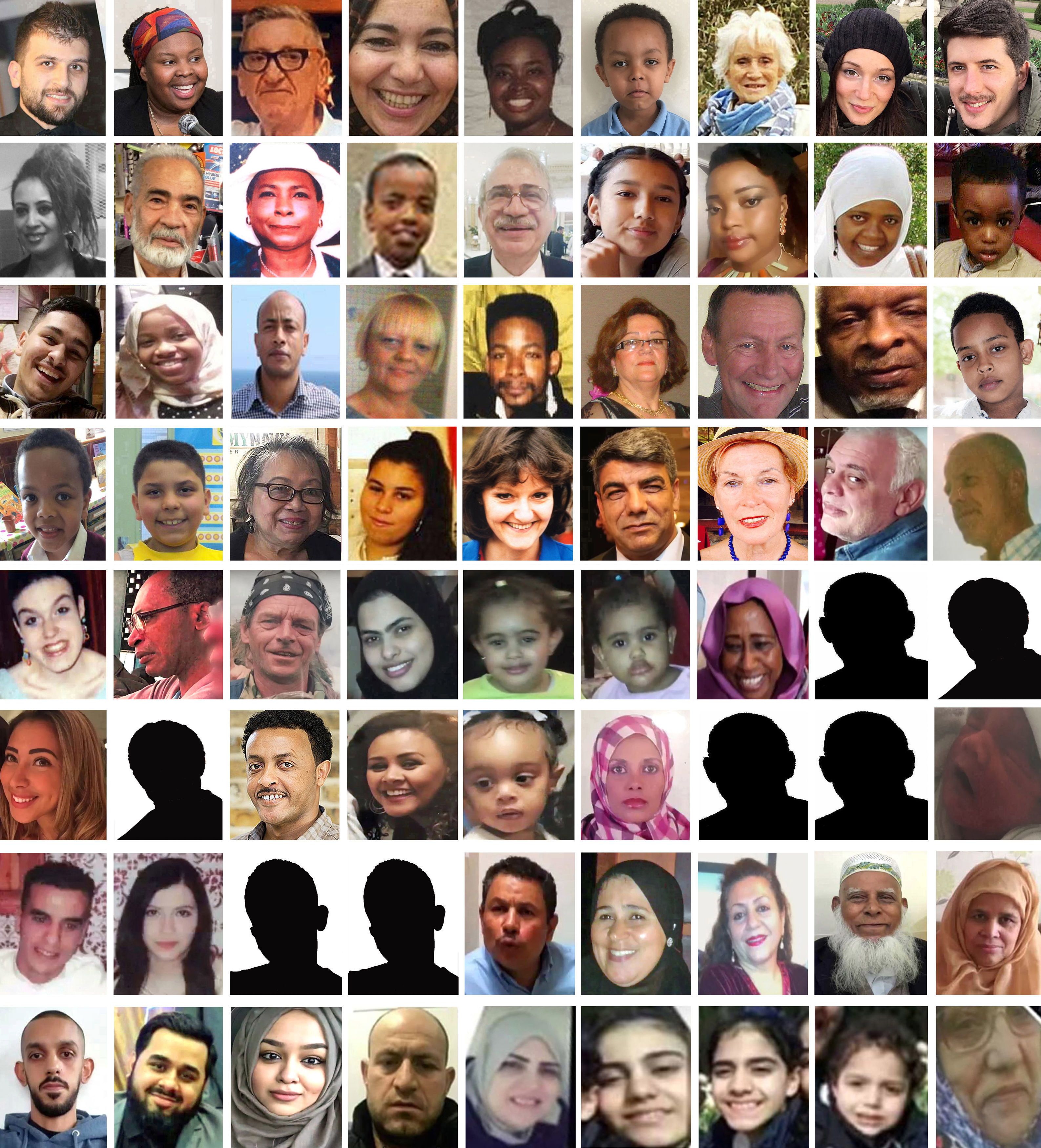
72 LOST LIVES
Fathia Ali Ahmed Alsanousi -
Esra Ibrahim - Fethia Hassan - Hania Hassan - Mohamed Amied -
Neda Raymond - Bernard Rania Ibrahim - Hesham Rahman - Gloria Trevisan - Marco Gottardi - Anthony Disson - Mariem Elgwahry - Yaqub Hashim - Hashim Kedir - Nura Jamal - Eslah Elgwahry - Sirria Choucair - Yahya Hashim - Nadia Choucair - Bassem Choukair - Fatima Choucair - Mierna Choucair - Zainab Choucair - Firdaws Hashim - Mehdi El Wahabi - Yasin El Wahabi - Logan Gomes - Faouzia El Wahabi - Abdulaziz El Wahabi - Ligaya Moore - Nur Huda El Wahabi - Leena Belkadi - Jessica Urbano Ramirez - Farah Hamdan - Omar Belkadi - Alexandra Atala - Mary Mendy - Malak Belkadi - Victoria King - Khadija Saye - Amal Ahmedin - Maria del Pilar Burton - Amaya Tuccu-Ahmedin - Sakineh Afrasiabi - Vincent Chiejina - Isaac Paulos - Hamid Kani - Berkti Haftom - Biruk Haftom - Komru Miah - Mohammed Hamid - Rabia Begum - Husna Begum - Mohammed Hanif - Khadija Khalloufi - Deborah Lamprell - Marjorie Vital - Ernie Vital - Sheila - Joseph Daniels - Steven Power - Denis Murphy - Zainab Deen - Mohammed al-Haj Ali - Jeremiah Deen - Abdeslam Sebbar -
Ali Yawar Jafari - Gary Maunders - Abufras Ibrahim -
Mohamednur “Mo” Tuccu - Fatemeh Afrasiabi -
Amna Mahmud Idris

It began at 0.54am on June 14, 2017. The fire was small and started in a fridge - but it triggered the smoke alarm and Behailu Kebede woke up.
A call to the fire brigade, frantic knocking on the doors of his two flatmates, out into the corridor to wake the neighbours. It was only when he turned round after he had left the tower block that he saw the fire through his kitchen window.
Seventy two minutes later at 2.06am, London Fire Brigade declared a major incident. The building was alight on all four sides and flames had shot up and around the building in a way few - if any - of the firefighters had ever seen. Forty pumps were on site.
The situation inside the building grew increasingly desperate. Residents had been told to stay in their flats as the building was supposedly designed to contain a fire. By 1.26am that advice had failed.
Survivors escaped down one pitch black and smoke clogged stairwell, stepping over the dead and dying.
Five-year-old Isaac Paulos was separated from his family as they fled from their 18th floor flat. He did not survive.
Many people were now trapped on the upper floors by flames and poisonous smoke. There were harrowing 999 phone calls begging for help. Some phoned their families knowing that the end was near. Others jumped, or fell, from the tower.
The fire did not burn out until 1.14am on Thursday June 15 - a full 24 hours after it started. By then 72 people were dead.
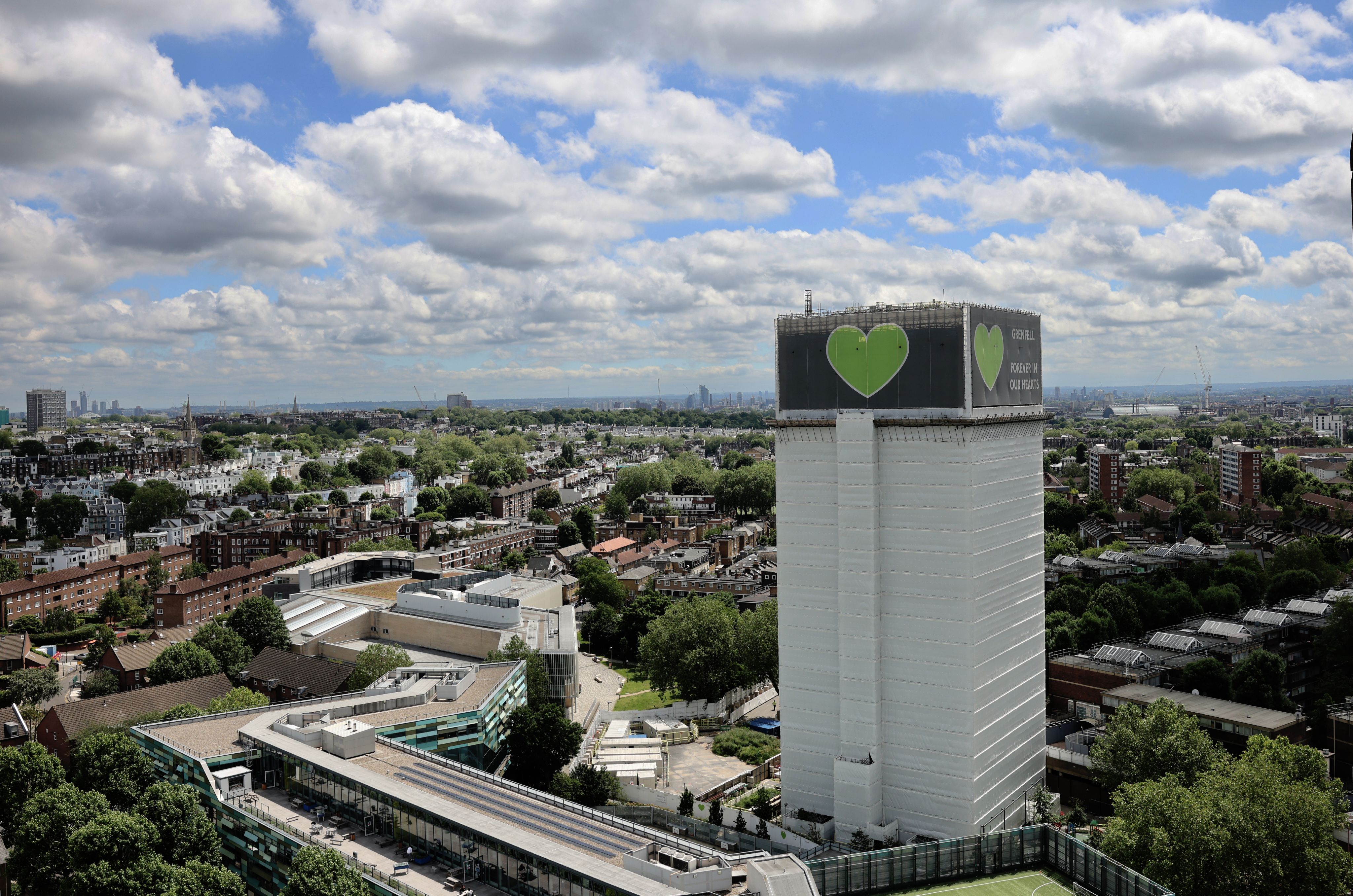
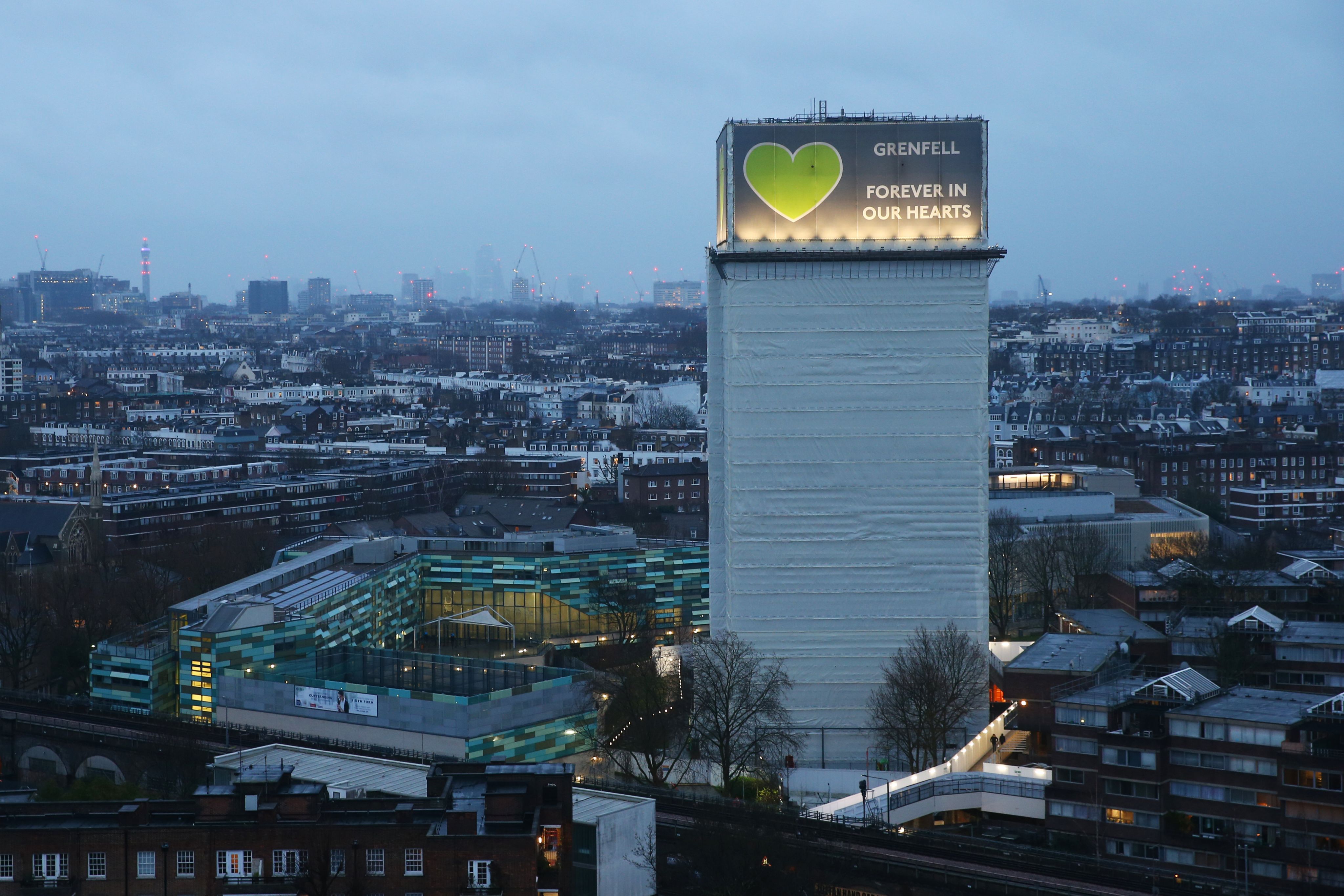
How did this atrocity happen? And how did it happen in one of the richest boroughs in one of the wealthiest and most developed cities on earth?
As the city woke in shock on that grim June morning, it became apparent that Grenfell residents had been warning about just such a disaster for years.
Ed Daffarn escaped from the 16th floor of the tower. In a blog he ran about the estate he repeatedly warned of serious fire risk, highlighted faulty fire doors and called for an evacuation plan. He feared that the "stay put" policy would prove fatal in the case of an emergency. Authorities did not listen to his fears - instead he was branded a troublemaker and ignored.
Then there was the cladding.
The building had been refurbished between 2014 and 2016. Part of the project had been to add cladding to the outside.
Made from plastic and aluminium, the cladding was designed to make the building warmer and drier. However, the type used is highly flammable, had failed tests for many years and also did not meet building standards in England.
Arconic, Celotex and Kingspan, the companies who manufactured the cladding, have repeatedly denied responsibility.
Five years on, the UK government has banned the use of the specific type of cladding used on Grenfell from being installed on any buildings of any height. The ban previously only applied to buildings higher than 11 metres.

Mariem Elgwahry, 27, died just hours before going to an interview for her 'dream job'. She would not leave her mother Eslah Elgwahry behind and was on the phone to her brother to the moment she died.
Mariem Elgwahry, 27, died just hours before going to an interview for her 'dream job'. She would not leave her mother Eslah Elgwahry behind and was on the phone to her brother to the moment she died.
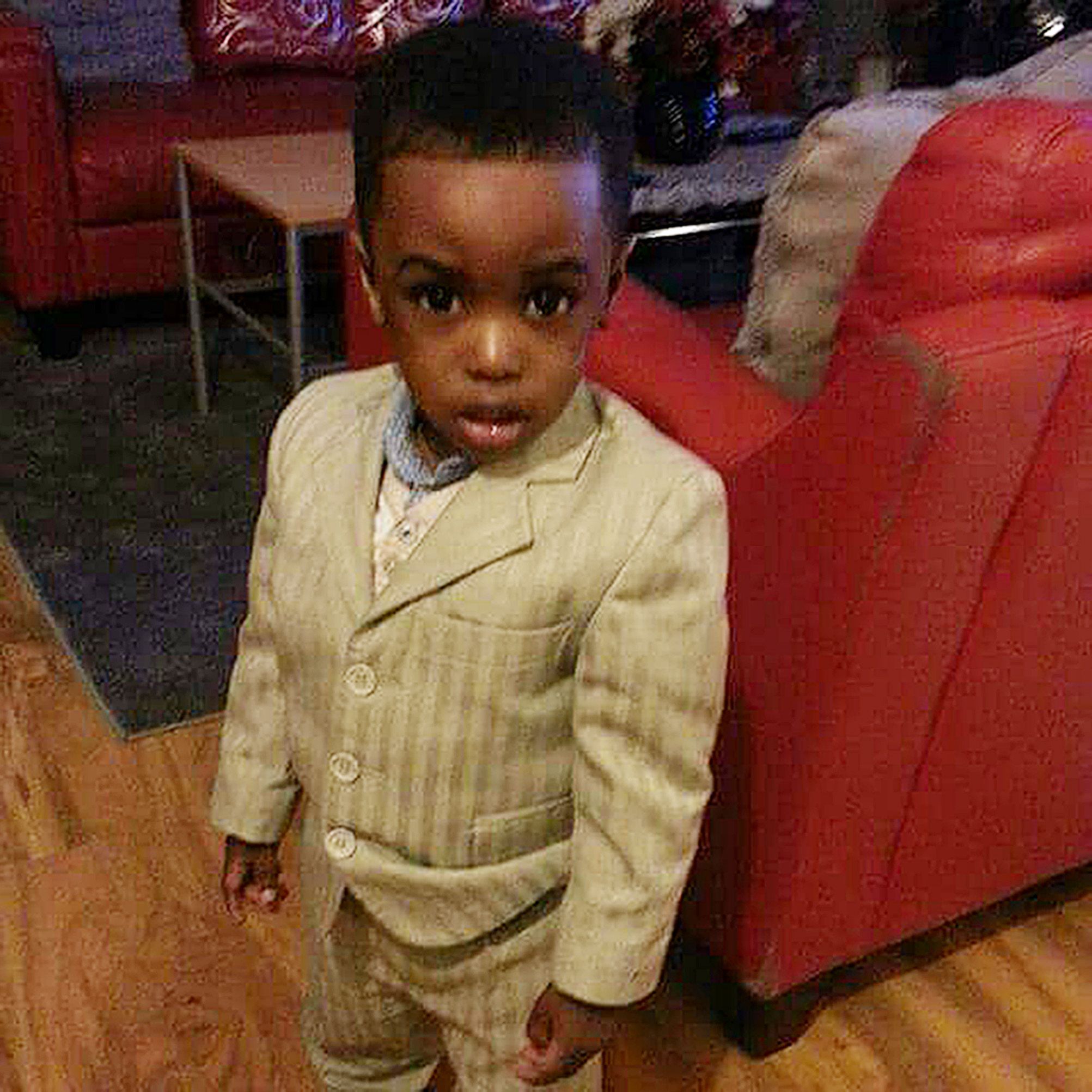
Jeremiah Deen, 2, died with his mother Zainab in their 14th floor flat
Jeremiah Deen, 2, died with his mother Zainab in their 14th floor flat
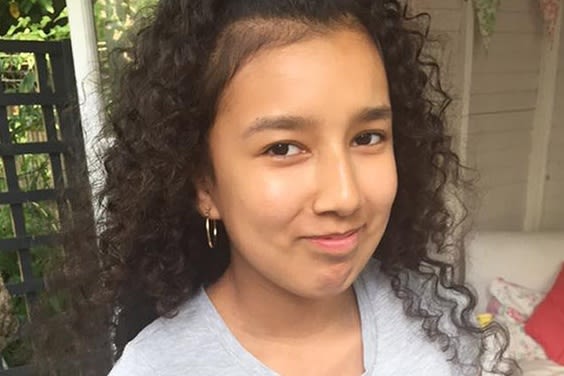
Jessica Urbano Ramirez, 12, lived on the 20th floor of the tower. She begged firefighters to hurry on a 999 call but tragically died before they could find her
Jessica Urbano Ramirez, 12, lived on the 20th floor of the tower. She begged firefighters to hurry on a 999 call but tragically died before they could find her
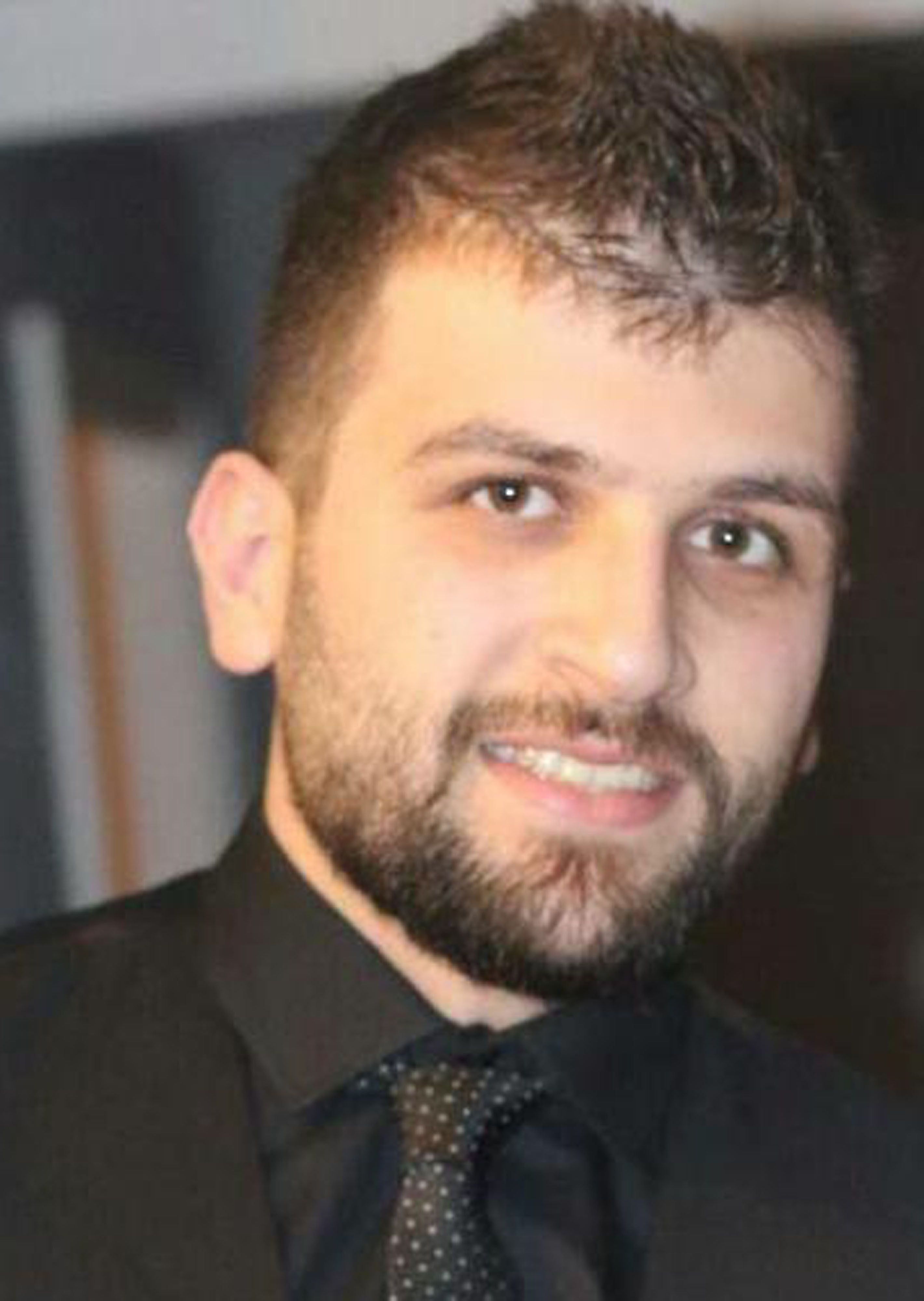
Mohammed Al Haj Ali, 23, was the first victim to be named. He had fled the war in Syria for a better life in the UK
Mohammed Al Haj Ali, 23, was the first victim to be named. He had fled the war in Syria for a better life in the UK
In the days after the fire, survivors faced chaos, confusion and a desperate search for family and friends.
Hisam Choucair, who lost six relatives in the fire, visited 11 hospitals with his brother.
“I know I shouldn’t have done this but I snuck into the intensive care unit [at St Thomas’ hospital]... I searched the whole ward… I had to open curtains. It was wrong but I felt like it was the right thing to do… I am sorry for whoever’s privacy I invaded but it was through desperation,” he told the Grenfell Inquiry.
Some of the victims’ deaths were not confirmed until months later, with experts verifying identity through DNA and dental records. The final death toll from the fire is 72 people. The youngest victim, Logan Gomes, was stillborn in hospital the morning after the fire. Maria Del Pilar Burton, 74, was rescued from the blaze but died in hospital in January 2018.
Many of the men, women and children who escaped Grenfell fled with nothing but the pyjamas they were wearing. Some left without shoes.
They were sheltered in emergency ‘rest centres’ - but the authorities struggled to cope with even the most basic needs.
Charity boss Mark Simms, who helped victims on the morning of the fire, said residents were "left to God and good neighbours" after council blunders. Local people, charity workers and other official bodies, including nearby councils, stepped in to help victims and people looking for loved ones.
Survivors were eventually rehoused - but some of the accommodation was poor. Hanan Wahabi told the inquiry she was forced to live in a one-bedroom hotel room with her husband and two children for 18 months after they escaped the fire, which killed five of their relatives. She also said they were not given Halal food and had to eat meals with holidaymakers.
Emma Louise O’Connor is desperate to move to a new home after four years of living in a flat close to three fire stations, where the constant sound of sirens triggers her PTSD.
Grenfell Tower seen from a flat in a neihgbouring tower block. The impact of the fire has devastated the surrounding community.
There was no doubt that there would be a public inquiry. Chaired by retired judge Sir Martin Moore-Bick, it began in May 2018 and is structured in two phases. Phase 1 - which has already been published - looks at the facts of the events on the night itself, while Phase 2 of the Inquiry examines the causes of the fire in more depth. It has cost £150m so far and is due to conclude at the end of the year.
There have already been damning findings.
Warning signs were repeatedly ignored. Safety regulations were slashed back by ministers. London Fire Brigade leadership was inadequate.
Over a number of tense sessions, the actions and culpability of the cladding firms was brought into sharp focus.
Arconic test results repeatedly showed just how flammable its aluminium-based cladding really was, years before the fire broke out. It kept selling the product.
Kingspan had tested the new version of its insulation in 2007, resulting in a "raging inferno" with the insulation "burning on its own steam". The test was kept secret.
Most impactful was the testimony of survivors. Farhad Neda, who lost his father in the fire, told the inquiry: “I can still hear the sounds of people desperately struggling to breathe.”
Phase 2 continues - though it is paused on the fifth anniversary as a mark of respect for the victims. Any charges or criminal proceedings will only begin after the inquiry has finished. Justice is still some way off for the fire's many victims.
Firefighters took brief moments of respite as Grenfell continued to burn. “They went up fresh faced. Coming down, they looked drained and like they’d been shot," Pete Wolfenden said of his colleagues. "A firefighter collapsed. Some occupants were getting carried down.” Firefighters were trying to get information from the returning officers, but they couldn’t even recognise them because they were covered in so much soot. The smoke was thick “like liquid. Virtually everyone who came down couldn’t even speak.”
“I have never, in my professional life, seen firefighters have to deal with a fire on that scale and with such a risk to life. Firefighting equipment and personal protection does not turn those people into superheroes – they remain human beings. We had firefighters who became lost from their colleagues, teams that became split. We had firefighters whose air ran out while they were trying to save lives. We had firefighters who gave their own safety equipment to members of the public. We've had firefighters who entered that building again and again – against normal safe working practices.”
Matt Wrack, General Secretary of the Fire Brigades Union
The heroism of the firefighters who desperately tried to save Grenfell's victims was never in doubt. But in the days after the fire, it became apparent that the leadership of London Fire Brigade (LFB) was.
The Grenfell Inquiry found that LFB's preparation for a fire like Grenfell was “gravely inadequate”.
Senior officers received no training on the specific dangers of combustible cladding. Incident commanders had no training on when to order an evacuation or how to organise them. All they had was "stay put" advice for Grenfell Tower residents.
Those in control lacked up-to-date information from the scene. Communication was poor. LFB didn’t get access to the building plans until 8am - minutes before the last survivor left the building.
Nearly 30 recommendations were made after Phase 1 of the Grenfell Inquiry was published in 2019. All but three of them have already been fully implemented, including introducing smoke hoods to help rescue people in smoke-filled environments, new 32m and 64m ladders to help tackle fires in high-rise buildings, and new training on when “stay put” guidance is no longer viable.
On June 12, London Fire Brigade Commissioner Andy Roe said: “Since the Grenfell Tower fire we have made huge changes to policies, procedures and equipment especially in how we tackle fires in high-rise buildings. We owe it to the bereaved families, the survivors and the residents - whose lives have been torn apart by what happened that night – to learn, change our service, and improve.
Justice4Grenfell held an empty street party ahead of the Queen's Platinum Jubilee in a protest against a lack of justice for those responsible for the fire. The campaign group set a table with 72 empty seats to represent the 72 people who died
The ruins of Grenfell Tower still stand and since the night of the fire, many have feared it will collapse.
Many families live in its shadow and in September 2021, the government was told the structure posed a threat to nearby buildings, including the Kensington Aldridge Academy School.
Structural engineering experts hired by the government "unambiguously and unanimously" agreed that the structure should be "carefully taken down". But an expert commissioned by residents argued it wasn't definitive that the tower was unstable.
Much has been done to support the building and to prevent it being an immediate threat, demolition expert Howard Button said. But he added: "Every day it's deteriorating. To retain the building would require major structural work, even if that was possible, to make it even slightly habitable. I think demolition is probably the only answer because it’s too far gone to actually save."
Trust in the community is low. One survivor told MyLondon there would be an "uprising" if officials decided to tear down the tower. David O’Connell, vice chair of the local Lancaster West Residents Association, said: "While that tower’s there people find it very hard to forget what happened. That matters a lot to a lot of people because that tower can be seen across London. It's quite important people don't forget and just sweep it under the carpet."
A few plans for the future of Grenfell Tower have been put forward over the past five years. Marcio Gomes, 41, lost his stillborn son, Logan, in the fire. In June last year, he said he wanted to turn the ruins of Grenfell into a huge high-rise garden.
The Grenfell Tower Memorial Commission - formed by community representatives, experts and officials - proposed putting a memorial garden on the site, possibly with a water feature and an area for children. A decision is likely to be made in 2023.
For now the tower remains, topped with the Grenfell green heart, a symbol of love, endurance and memorial. Seventy two people died that night. None of them will be forgotten.
This story was produced by MyLondon. Find us atmylondon.news
